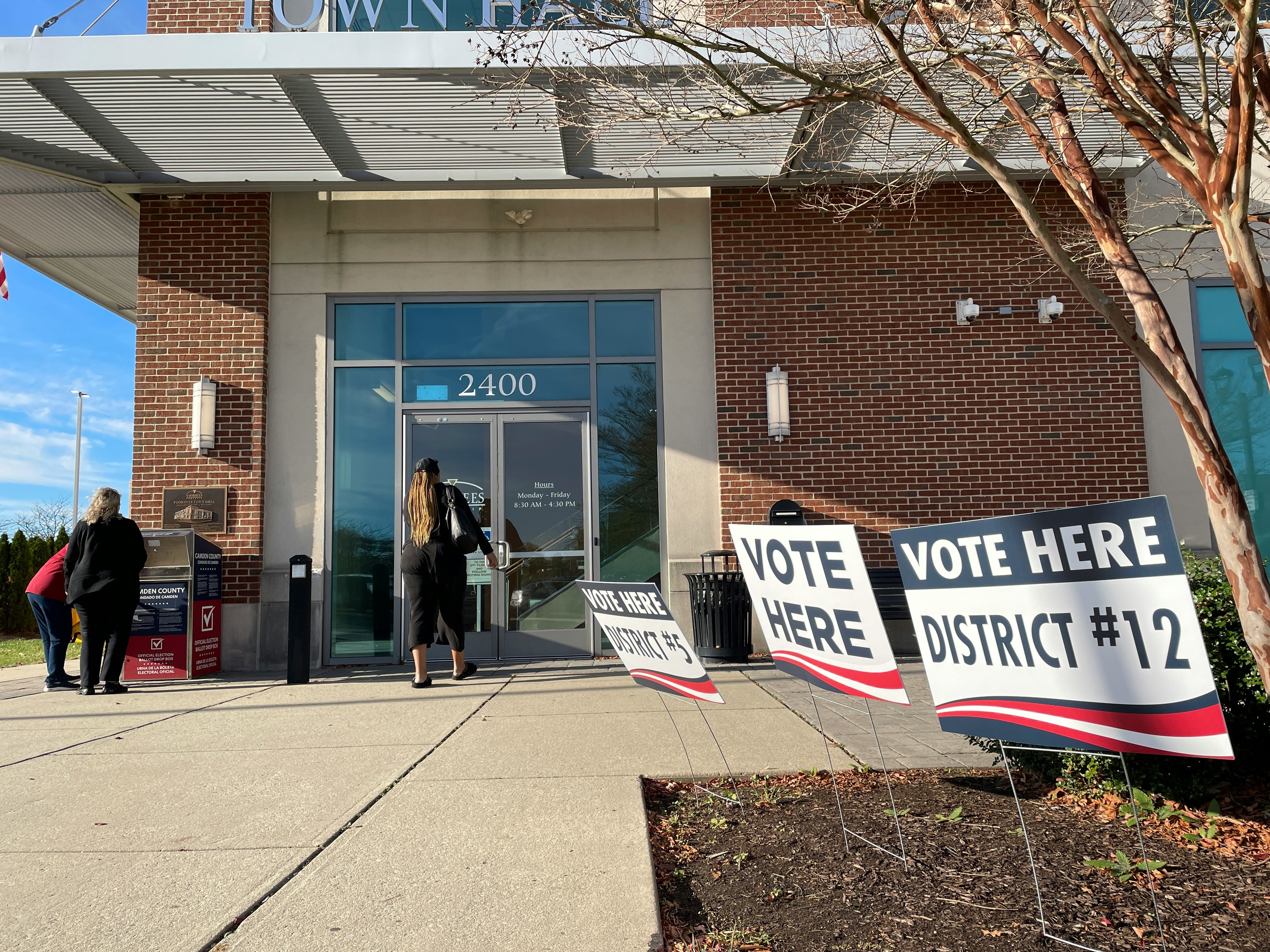On November 5, 2024, millions of Americans will head to the ballots, where the presidency, 468 congressional seats (33 in the Senate and all 435 in the House), and 11 governorships will be contested. These outcomes may shape the future of the energy transition, with climate policies front of mind for voters and candidates alike.
Here, Jefferies presents an analysis of six key questions around the 2024 elections’ impact on the US energy landscape. This includes the fate of the Inflation Reduction Act, US-China relations, ESG investing frameworks, and more.
- Inflation Reduction Act: What’s Next?
- 2024’s Impact on Bipartisan Climate Legislation
- The US-China Trade Landscape and Renewable Supply Chains
- The Future of Renewable Energy Permitting
- How Will the Federal Reserve Approach the Transition?
- The Fate of ESG Investing Post-2024
What will happen to the energy and decarbonization aspects of the Inflation Reduction Act (IRA) with a new administration?
This is perhaps the most salient question for investors in the energy transition. The IRA passed in August 2022 without Republican support. If Republicans win majorities in November, it’s unclear if their ideological opposition to the bill will outweigh the support it has from the business community. If Democrats win, they might strengthen the IRA with additional climate policies.
Republican states stand to gain the most from IRA-related investments. Of the 271 major clean energy projects announced since the IRA’s passage, 48.3 percent are in states with a Republican trifecta. Still, Republicans have attempted 31 times to repeal or reduce funding from the IRA during this period.
In short, investors need to consider how the IRA might change depending on November’s results. Whether Republicans or Democrats win full control, or the outcome is mixed, the impact on the IRA will be significant.
Will the Bipartisan Infrastructure Law and CHIPS and Science Act, both containing climate elements, be affected by the November elections?
Unlike the IRA, both of these legislative packages passed with bipartisan support. The Bipartisan Infrastructure Law, a $1 trillion package, earmarks significant funds for clean energy initiatives, including power delivery systems, energy-efficient retrofits for homes, and workforce development in clean energy sectors.
The CHIPS and Science Act, passed in August 2022, bolsters US manufacturing and supply chains through investments in R&D, science and technology, and energy workforce development. This act aims to position the US at the forefront of emerging industries like nanotechnology, clean energy, and quantum computing.
Given their bipartisan backing, these laws may see less impact from November’s elections than the IRA. However, their critical role in driving investments in the energy transition means they should remain a focus for investors.
Will the next administration see reduced trade tensions with China, especially in the renewable energy supply chain?
Under the Trump administration, the US imposed new tariffs on China due to unfair trade practices in technology and innovation. These tariffs, under the Section 301 framework, continued into the Biden administration. There are select exceptions for businesses, including those dealing with renewable energy materials like solar panel components.
A recent report from Wood Mackenzie forecasts that China, the world’s leading supplier of renewable energy technology, will be a critical supplier for global solar manufacturing over the next decade. The US has tried to reduce its dependence on Chinese products through subsidies, but it still struggles to compete with China on cost. The Inflation Reduction Act’s requirements for domestic manufacturing and assembly could boost U.S. competitiveness in this sector, but these are only starting to take effect.
The future of US-China trade, particularly given their joint interest in improving relations, will greatly influence renewable energy supply chains and America’ capacity to meet its own renewable energy manufacturing goals.
How will the 2024 elections impact the viability of significant permitting reforms needed for renewable energy and grid transmission build out?
Jefferies has repeatedly hosted Neil Chatterjee, a former Commissioner of the Federal Energy Regulatory Committee (FERC), and his perspective on permitting reform is bearish. Permitting remains a key bottleneck for both fossil fuel and renewable energy infrastructure development. The 2023 Fiscal Responsibility Act did include some permitting reform measures, but these changes won’t spur the broad cost reductions and improvements to energy security and reliability needed to achieve net-zero emissions by 2050.
Both political parties recognize the need for permitting reform, but their approaches differ. Republicans aim to relax federal environmental review processes, while Democrats focus on streamlining the construction of new electricity transmission lines. The direction and extent of these reforms may hinge on the November election outcomes.
How will the next Fed Chair approach climate change?
Jay Powell’s term as Fed Chair ends in May 2026, and the next president will nominate his replacement. A key question is how the next Fed Chair will approach climate change. Powell faced criticism for not sufficiently regulating banks’ financing of fossil fuels. In October 2023, Powell stated that the Federal Reserve is not a “climate policymaker,” indicating that such decisions should be left to elected officials. He emphasized the Fed’s role in understanding and managing financial risks related to climate change, but not in directing bank lending.
The Fed began climate scenario analysis in early 2023 with major banks like JPMorgan Chase and Bank of America. This analysis is a data-gathering exercise without immediate supervisory consequences. It follows similar steps by the European Central Bank and the Bank of England.
Despite not being at the forefront of climate-related financial regulations, the Fed has engaged in related activities. It joined the Network for Greening the Financial System in December 2020, contributing to research and discussions on financial risks from climate change. However, given current U.S. resistance to incorporating ESG factors in financial decision-making, the Fed’s future role in climate change, both domestically and globally, remains uncertain.
How will the 2024 elections affect ESG Investing and the SEC’s climate-related disclosures?
These issues are contentious at both the state and federal level. Republican state Attorneys General (AGs) have been actively opposing ESG approaches, mainly by boycotting firms that exclude certain sectors and prohibiting the use of ESG factors in investment decisions.
Post-election, if Republicans gain control of the White House and Congress, we can expect them to follow the lead of Red states in pushing back against ESG. Additionally, once the SEC finalizes its climate-related disclosure rules, it’s likely to face lawsuits from trade groups, Red state AGs, and industries. If the SEC loses these legal battles, it can’t revisit the same rulemaking for five years.
Despite these challenges, some states like California have passed bills that advance ESG principles, potentially having a more lasting impact than federal regulations. These state-level actions could be more resilient to challenges under the “Major Questions Doctrine.”
++
The new year, including the US general elections, will critically influence the direction of the global energy transition. Follow along with the Jefferies Sustainability and Transition Team for continued insights on these six key questions and more.




